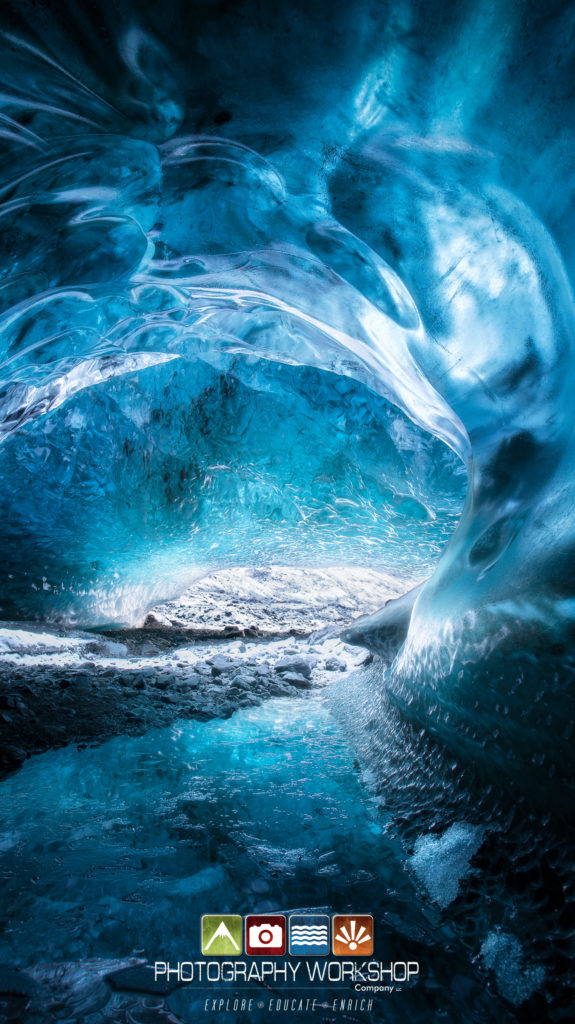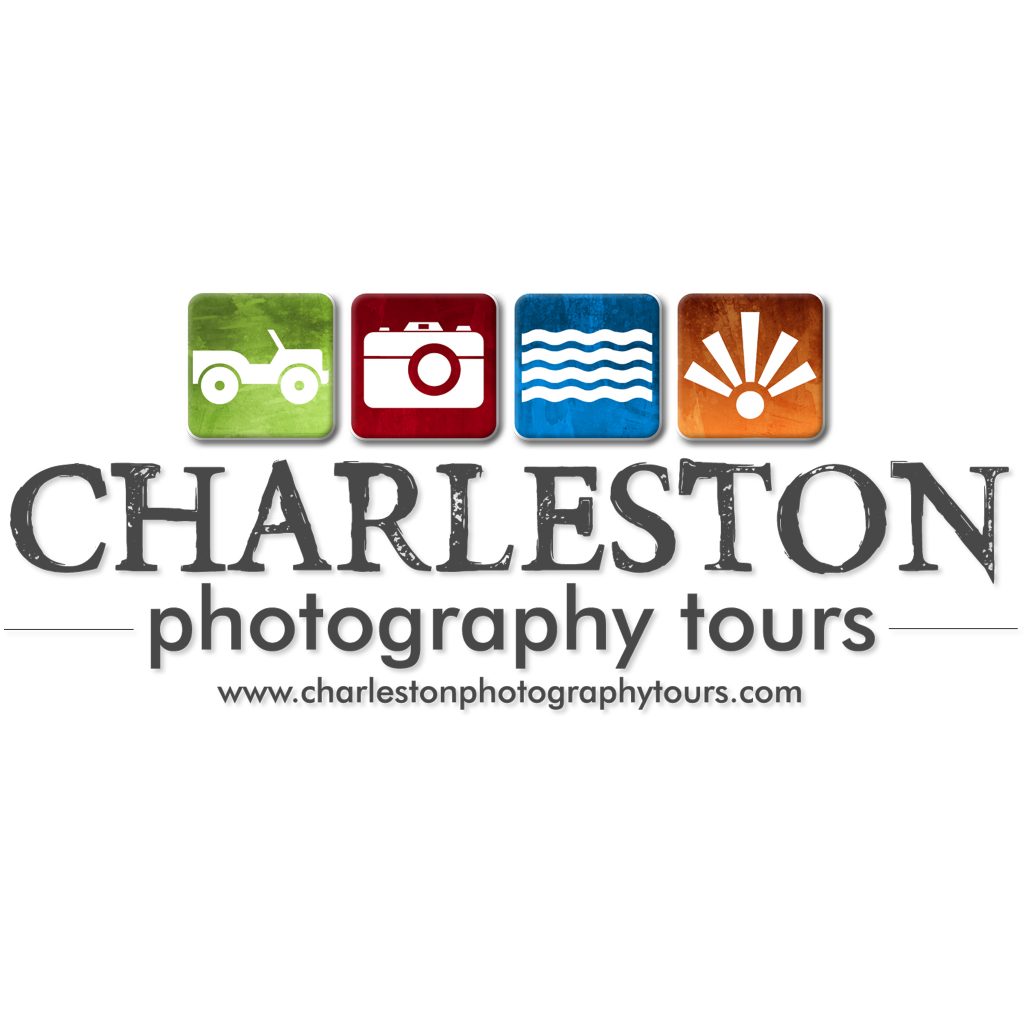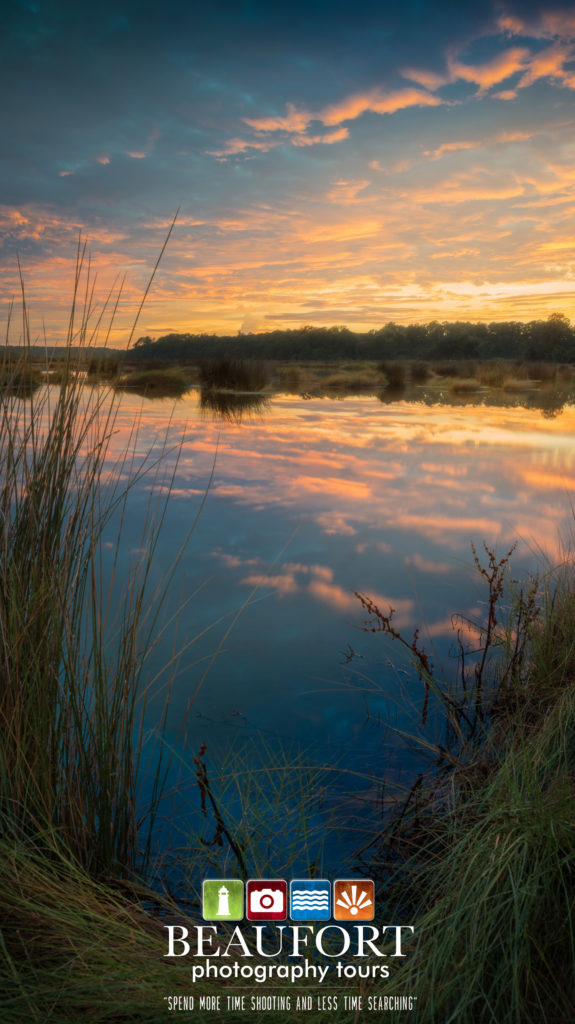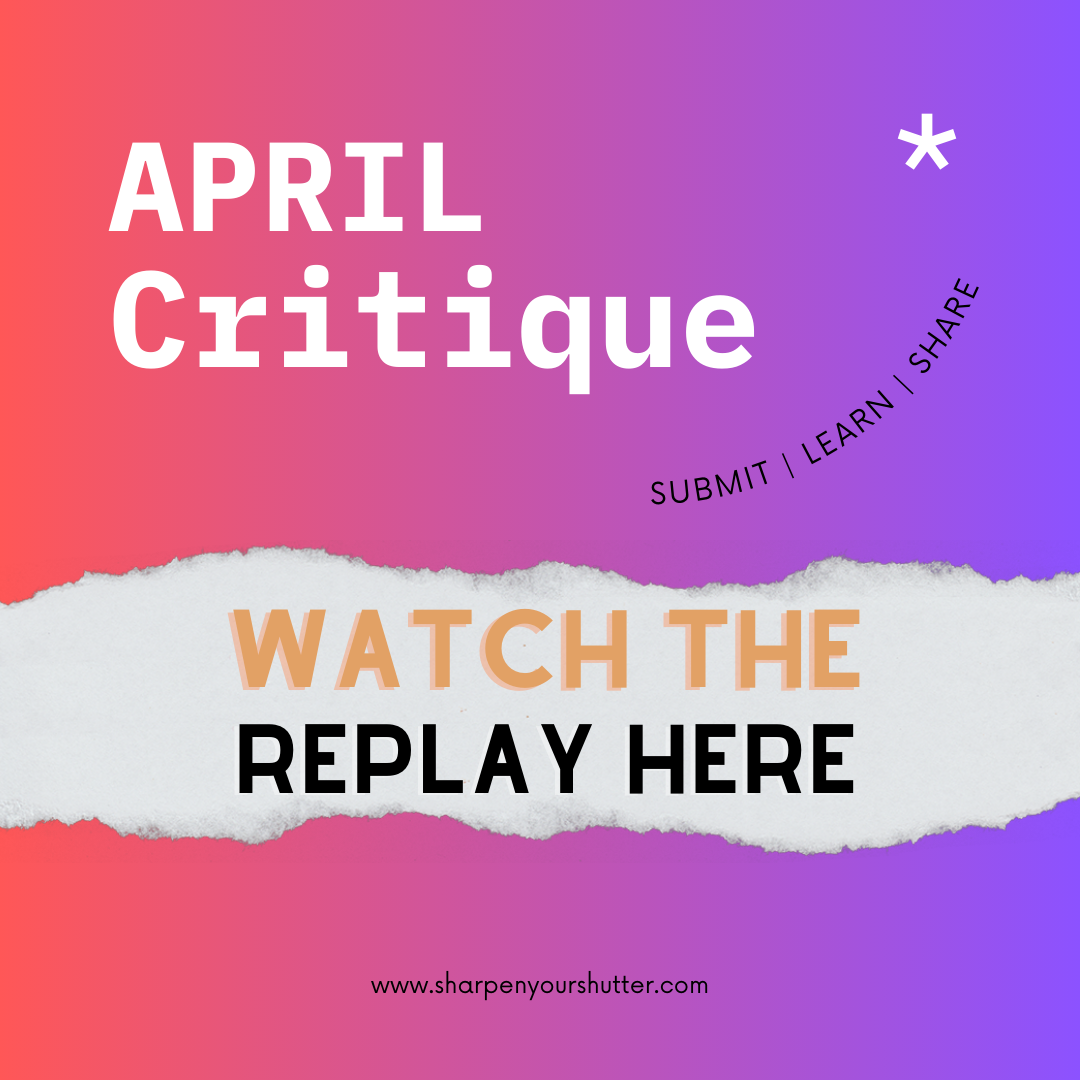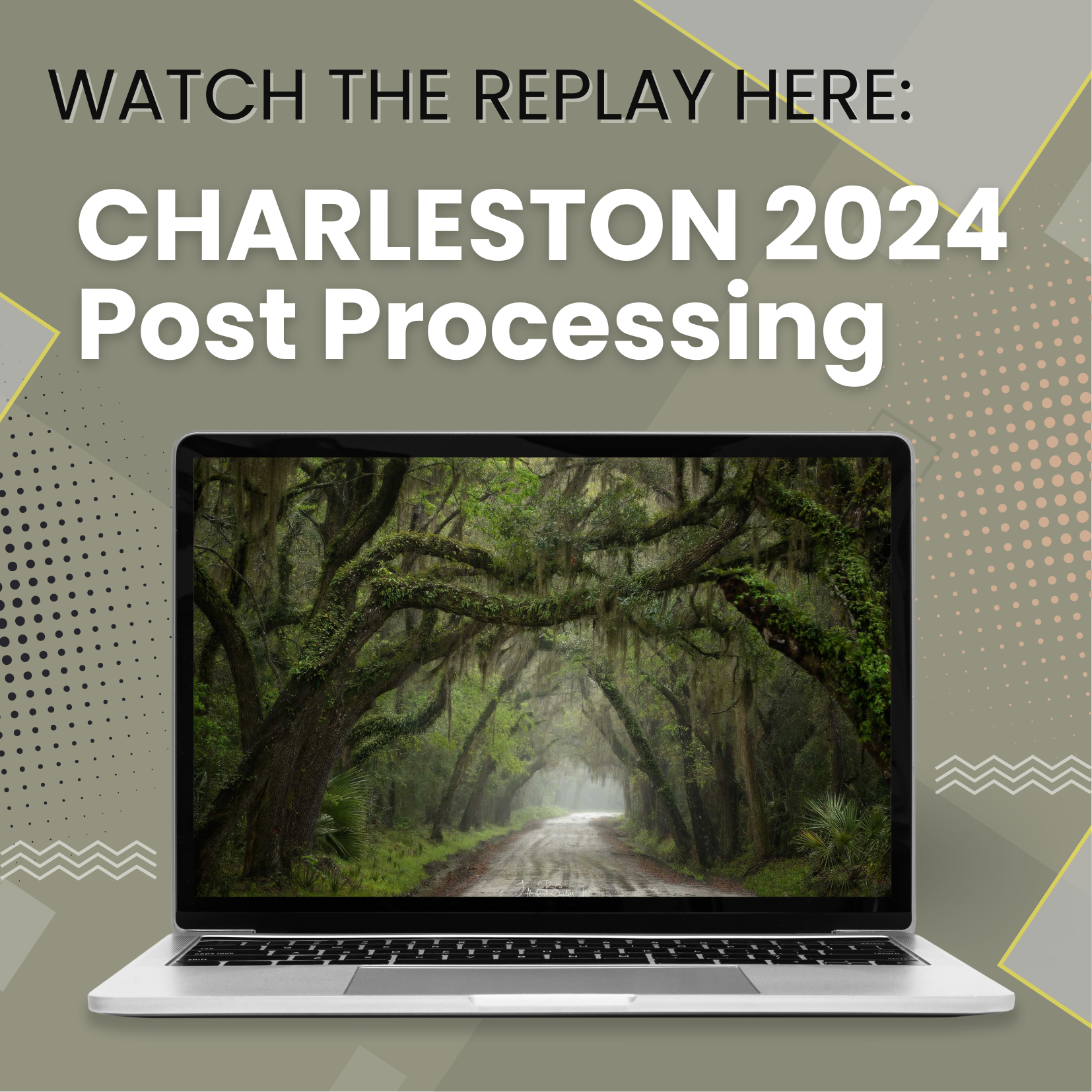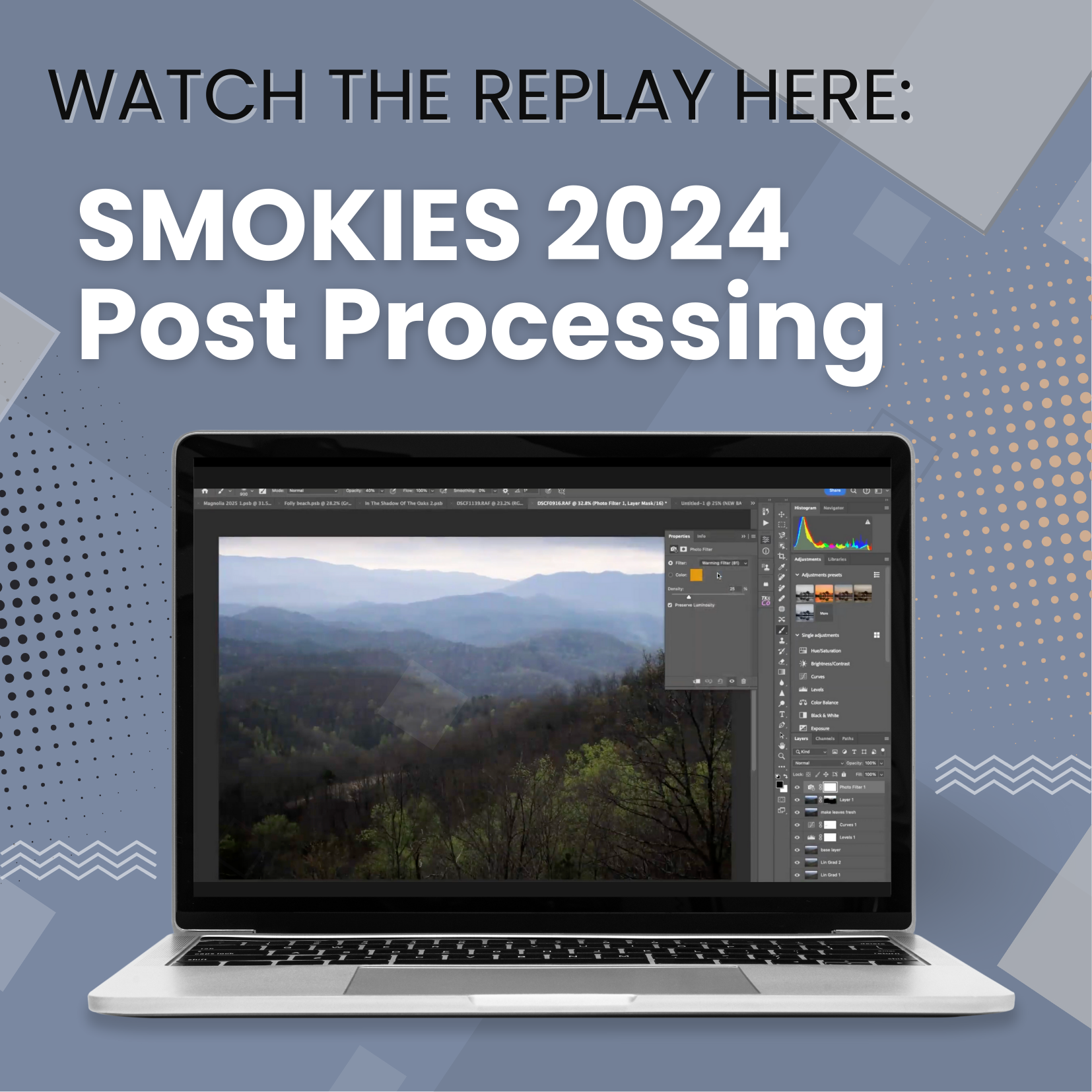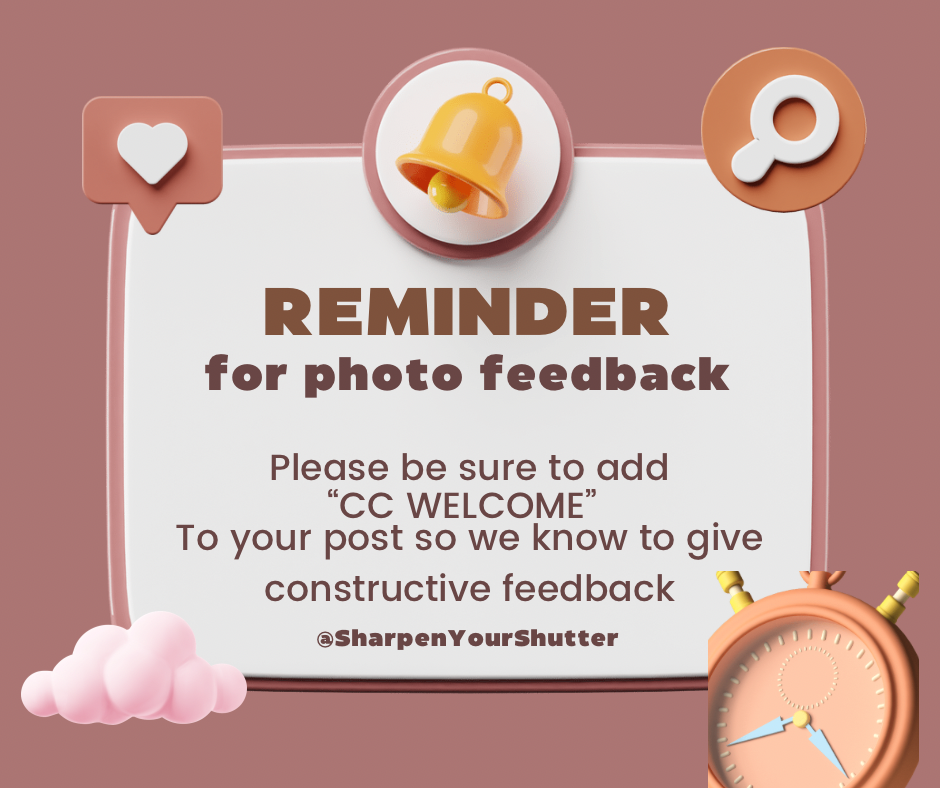Celebrating 10 years of Astro Photography, the Insight Investment Astronomy Photographer of the Year the Royal Observatory Greenwich in London seeks out and awards who they consider are the best astro photographers who capture the wonders of the night sky.
The competition announced their shortlisted contestants for this year’s competition and we are amazed!
As photographers we understand how expensive the art of photography can be. When you enter into Astro Photography and Deep Space, the budget can quickly be broken, leaving our spouses with concerned, partially agitated looks on their faces.
Interestingly enough, one of the shortlisted images was captured by a photographer named Casper Kentish who made the list with his photo of the moon that shockingly was captured with an iPad.
Here are a few of the short listed winners…

Photogrpaher:Â Peter Ward
“The brightness of the solar corona hides details of the Moon to human eyes during a total solar eclipse. But, by layering multiple digital exposures, in this case from two seconds to 1/2000th of a second, much more can be revealed. In doing so, eXtreme High Dynamic Range photography (XHDR) shows not only the brilliant solar corona, but the newest possible of new moons, seen here illuminated by sunlight reflecting off the Earth”.
 Image Credits: Mark Hanson, Warren Keller, Steve Mazlin, Rex Parker, Tommy Tse, David Plesko, Pete Proulx
Image Credits:Â Mark Hanson, Warren Keller, Steve Mazlin, Rex Parker, Tommy Tse, David Plesko, Pete Proulx
“These spectacular reflection nebulae in Corona Australis exhibit the characteristic blue colour produced by the light of hot stars reflected by silica-based, cosmic dust. The data was acquired by Star Shadows Remote Observatory at Cerro Tololo Inter-American Observatory’s PROMPT2, using LRGB (luminance, red, green, blue) filters. The data was prepared in CCDStack and post-processed in Photoshop and PixInsight by Mark Hanson. While the whole of Corona Australis is a gorgeous region, the cores of NGC 6726 and NGC 6727 are rarely seen at this amazing resolution. We feel that this is one of the most stunning regions of the southern sky, which leaves us with mouths agape!”
 Image Credit:  Åukasz Sujka
Image Credit:Â Â Åukasz Sujka
“These spectacular reflection nebulae in Corona Australis exhibit the characteristic blue colour produced by the light of hot stars reflected by silica-based, cosmic dust. The data was acquired by Star Shadows Remote Observatory at Cerro Tololo Inter-American Observatory’s PROMPT2, using LRGB (luminance, red, green, blue) filters. The data was prepared in CCDStack and post-processed in Photoshop and PixInsight by Mark Hanson. While the whole of Corona Australis is a gorgeous region, the cores of NGC 6726 and NGC 6727 are rarely seen at this amazing resolution. We feel that this is one of the most stunning regions of the southern sky, which leaves us with mouths agape!”

Image Credit:Â Carlos F. Turienzo
“We had been travelling for 24 hours without sleeping to reach our destination before the one night where clear skies were forecasted ended. After reaching the hut and having a nice dinner, we climbed up to the cliff and waited for night-time to come. Unfortunately it came with a cloudy sky. We stood there being optimistic, knowing that all our efforts would be rewarded, and eventually the clouds disappeared and the magic happened: a beautiful Milky Way emerged over the mountains! It was amazing being there together enjoying the magnificent spectacle, truly a dream come true.”
And our personal favorite and the one we are hoping wins…..

Image Credit: © Miguel Angel GarcÃa Borrella and Lluis Romero Ventura
Image Title: Mosaic of the Great Orion & Running Man Nebula
“The Orion Nebula, also known as Messier 42, M42, or NGC 1976, is a diffuse nebula situated in the Milky Way, south of Orion’s Belt in the constellation of Orion. It is one of the brightest nebulae and is visible to the naked eye in the night sky. M42 is located at a distance of 1,270 light years and is the closest region of massive star formation to Earth. The M42 nebula is estimated to be 24 light years across and has a mass of about 2,000 times that of the Sun. This image is the result of the efforts of two astrophotographers, Miguel Angel GarcÃa Borrella and Lluis Romero Ventura, who chose a common target of the Orion Sword area (one of the most beautiful areas of our night sky) using different equipment from their observatories, which are located hundreds of kilometres from each other”.
You can see the complete list of shortlisted images along with signing up to hear more about next year’s contest and the 2018 winners when they are announced by visiting the Royal Museums Greenwich website.  Winners from the 2018 competition will be announced on 23 October.

